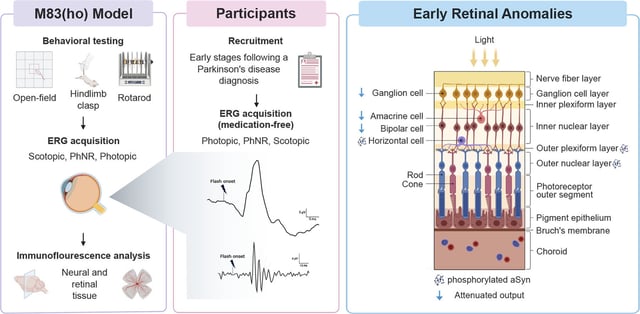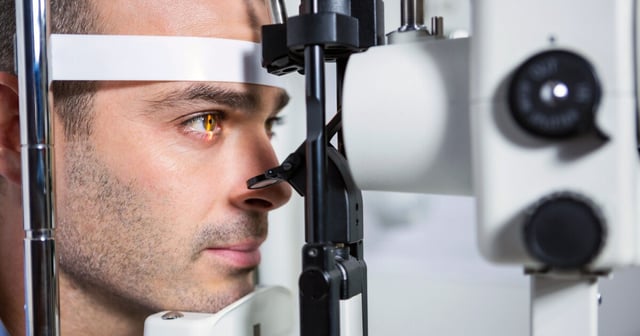Overview
- A recent study from Université Laval demonstrates how electroretinography (ERG) can detect Parkinson’s disease years before motor symptoms appear by identifying unique retinal response patterns.
- The research found specific anomalies in b-wave, PhNR b-wave, and PhNR-wave amplitudes in early-stage Parkinson’s patients compared to healthy controls.
- Tests on transgenic mice overexpressing alpha-synuclein confirmed similar retinal impairments, even before motor symptoms were observable, strengthening the findings’ translational potential.
- The retina’s direct connection to the central nervous system makes it a promising non-invasive biomarker for early Parkinson’s detection and disease progression tracking.
- Researchers are now expanding their study cohorts and refining protocols to validate ERG as a clinical screening tool, with potential for routine exams starting at age 50.


